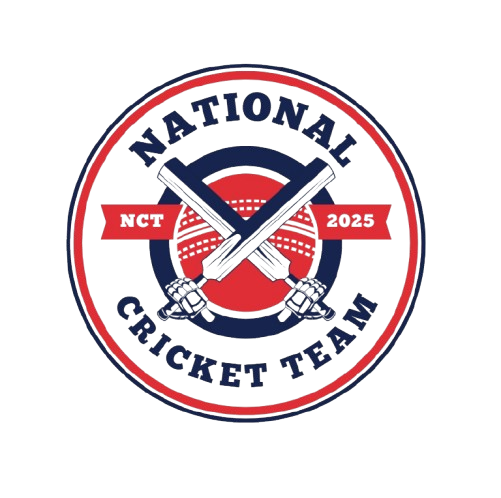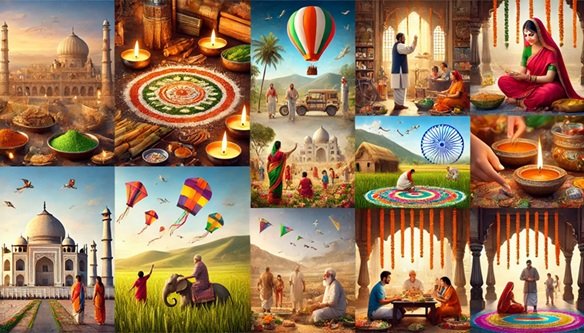India is known around the world for its vibrant festivals — celebrations that color the calendar with music, rituals, lights, food, and community spirit. From Diwali and Holi to Eid, Christmas, Baisakhi, Navratri, Onam, Pongal, and countless regional traditions, festivals are more than just holidays. They are moments of connection, storytelling, cultural pride, and shared joy.
Across villages, towns, and large cities, festivals play a powerful role in bringing people together. In a fast-changing, digitally driven world, these traditions continue to influence social harmony, creativity, and modern lifestyles. Understanding this cultural impact helps reveal why festivals remain deeply meaningful to Indians today.
Festivals as bridges between generations
One of the strongest aspects of Indian festivals is their ability to connect people of different ages. Grandparents share stories of mythology and customs; parents pass on rituals; children learn through participation.
This intergenerational exchange encourages:
- respect for elders
- understanding of family history
- learning of traditional songs, prayers, and practices
- the feeling of belonging to a cultural lineage
- shared memories that last a lifetime
These traditions help families stay emotionally close, even when life becomes busy.
Community bonding and neighborhood participation
In many regions, especially smaller towns, festivals create an atmosphere of unity. Neighbors who may not meet regularly come together to decorate streets, organise programs, or prepare communal meals.
Common forms of community participation include:
- Local committees setting up pandals or stages
- Street decorations with lights and rangoli
- Charity drives during major festivals
- Cultural performances by children and youth
- Shared meals that strengthen social ties
This sense of togetherness is one of the core reasons festivals remain cherished across India.
The role of food in celebration
No Indian festival is complete without special dishes. Each region has its own favourites:
- Diwali: laddoos, kaju katli, chakli, chivda
- Eid: biryani, sheer khurma, kebabs
- Onam: sadhya with multiple traditional dishes
- Pongal: sweet and salted pongal
- Holi: gujiya, thandai
- Christmas: plum cake, roast dishes
Food acts as a celebratory language that everyone understands. Families cook together, exchange dishes with neighbors, and enjoy seasonal flavors that make each festival unique.
Creativity, colors, and artistic expression
Festivals inspire creativity — from rangoli designs and handmade decorations to music, dance, and traditional attire. Children learn artistic skills naturally through participation.
Popular forms of festive creativity:
- rangoli and kolam
- diya painting
- flower arrangements
- folk dances and songs
- traditional dress styling
- handmade crafts
Even modern digital platforms encourage creative expression, with people sharing photos, reels, DIY ideas, and festival stories.
Festivals and the digital world
India’s festival culture has adapted harmoniously to the digital age. People now:
- send e-greetings
- watch online live-streams of events
- join virtual celebrations with distant family
- share festival moments on social platforms
- follow craft or recipe tutorials
- read festival-related articles and blogs
Many users also maintain personal digital routines that include a variety of bookmarks — from educational pages to entertainment links and general-use platforms such as Lucky Star casino. Each person mixes festive browsing with regular daily habits based on their preferences.
Festivals encourage acts of generosity
A significant cultural value behind festivals is sharing. Many families donate to charities, distribute food, or support those in need during special occasions.
Common acts of generosity include:
- giving clothes, food, or sweets
- supporting community fundraisers
- helping elderly neighbors with festival preparations
- organizing events for underprivileged children
- contributing to temple, mosque, church, or gurudwara initiatives
These actions reinforce compassion and solidarity in society.
Cultural diversity and regional uniqueness
India’s festivals are incredibly diverse. Each state has traditions shaped by its history, geography, and cultural identity.
Examples include:
- Durga Puja in West Bengal
- Ganesh Chaturthi in Maharashtra
- Bihu in Assam
- Losoong in Sikkim
- Ugadi in Karnataka and Andhra Pradesh
- Chhath Puja in Bihar and Uttar Pradesh
This diversity makes Indian culture rich and dynamic, offering endless opportunities for learning and exploration.
Festivals boost local economies
Festivals are not just cultural events — they also support the economy. Small businesses, artisans, farmers, shopkeepers, and service providers all benefit from the increase in demand.
Economic impact includes:
- sale of clothing and traditional wear
- increased demand for sweets and festive foods
- higher transportation and travel activity
- temporary jobs at events and markets
- support for artisans who create decorative items
Thus, festivals help local communities flourish financially.
Festivals as emotional recharge moments
In busy urban life, festivals serve as emotional reset points. They give people a chance to pause, relax, and reconnect with loved ones.
Benefits include:
- reducing stress
- strengthening relationships
- boosting cultural pride
- creating joyful memories
- encouraging gratitude and reflection
These emotional benefits are part of why festivals remain central to Indian identity.
Final thoughts
Festivals in India are much more than celebrations — they are cultural anchors that strengthen family bonds, support communities, inspire creativity, and bring joy into daily life. Whether traditional or modern, large or small, each festival holds a meaning that connects people across generations and regions. In a world that changes quickly, festivals remind us of the values, stories, and emotions that keep India united and vibrant.



